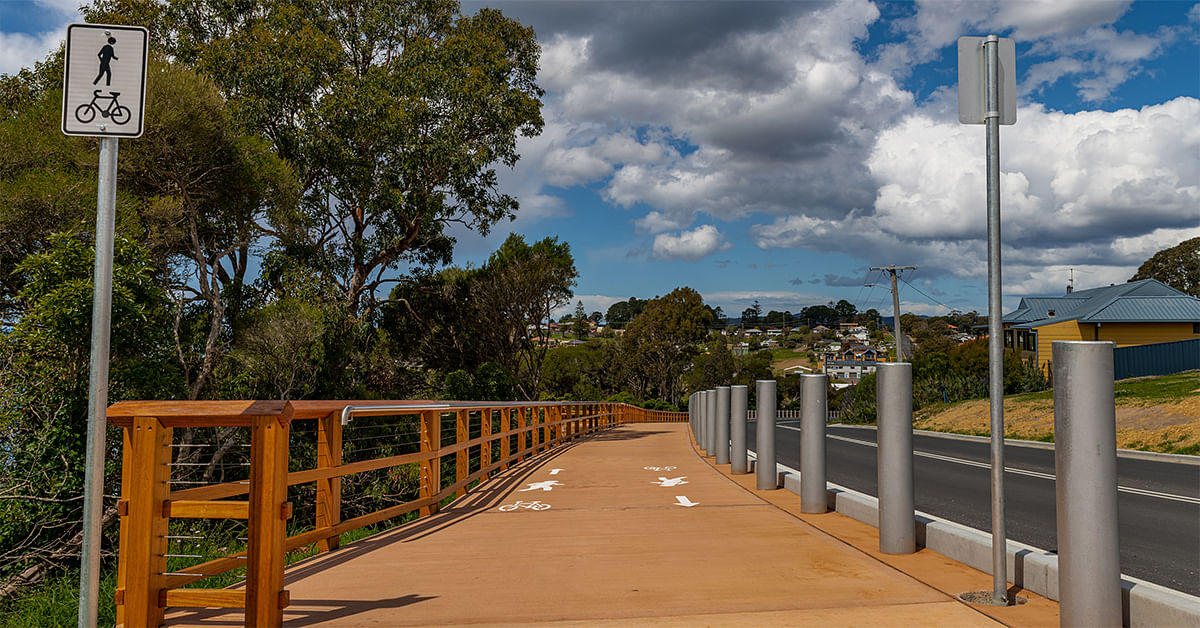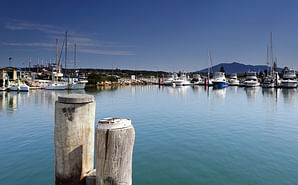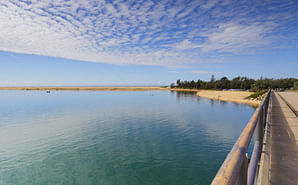Active Transport Strategy
This strategy provides Council with a roadmap for active transport infrastructure for the next 10 years and will provide a safe, connected and easy to use walking and riding network that encourages active movement for people of all ages and abilities.

In 2012, Bega Valley Shire Council (BVSC) received state funding to develop a Shire-wide Bike Plan, intended to communicate the direction of cycling in the Shire and responsively plan and manage cycling assets and associated infrastructure. This Plan was adopted in 2014, however, with the evolution and development of Council’s strategic plans and visions over the last decade, the Plan is no longer in alignment. Furthermore, Council has recognised the need to consider active transport more broadly, including walking and developing trends in micro-mobility, as part of its goal to develop healthier, safer, and more sustainable communities. This aligns with Council’s goals in its Community Strategic Plan of ‘good health and well-being’ and ‘sustainable cities and communities’.
To this end, Council has developed a Shire-wide Active Transport Strategy that will shape Council’s strategic active transport agenda over the next 7 years, supporting and promoting active transport as healthy, safe, fun, and a practical choice for transport and recreation. The Strategy integrates Movement and Place principles throughout to ensure people-centred outcomes no matter the location. In addition, where actions have been recommended, they are done so in alignment with Transport for NSW (TfNSW) guidance contained in their Walking Space Guide and Cycleway Design Toolbox.
What is Active Transport?
With regard to this Strategy, active transport is defined as walking, riding, or rolling, whether as a pedestrian, on a bicycle, an e-scooter, a wheelchair, or any other mobility device. At some point during every trip someone takes, they must use one of these methods, and this is part of what makes planning for active transport essential.
Active transport is not only a necessary part of every journey, but also offers a range of benefits to both the local and global communities. Walking, riding and rolling are fundamentally cheaper, heathier, and more efficient than private cars. Evidence indicates their flow-on benefits to the healthcare system with reduced rates of chronic diseases, to global sustainability goals with low to no carbon emissions, and to local businesses with higher average rates of spend compared with motorists.
Improvements to the experience of active transport users are frequently orders of magnitude less expensive than those for other forms of transport, and can have benefits for everyone, not just those who walk and cycle. For example, providing shade with more street trees makes the streetscape more enjoyable for all, speed limit reductions can make all road users safer, and getting more people to use active transport reduces road congestion for everyone.
When referring to ‘active transport’, accessibility and inclusivity are key, so that when travelling between and within towns, everyone is able to utilise active transport infrastructure wherever possible. This Strategy recognises the benefits of recreational walking and riding on off-road trail networks which can extend active travel by many, however off-road trails and the like are naturally inaccessible to many and are therefore treated separately from inclusive active transport infrastructure.






